Evolving Regulatory Frameworks
The evolving regulatory landscape in Europe is influencing the internet of-senses market industry. As sensory technologies become more prevalent, regulatory bodies are establishing guidelines to ensure consumer safety and data privacy. Compliance with these regulations is essential for businesses aiming to innovate in the sensory space. For instance, the General Data Protection Regulation (GDPR) has set stringent standards for data handling, impacting how companies collect and utilize sensory data. This regulatory environment may pose challenges, yet it also encourages businesses to adopt best practices, fostering trust among consumers. Consequently, the adaptation to these regulations is likely to drive responsible growth in the internet of-senses market.
Integration of Artificial Intelligence
The incorporation of artificial intelligence (AI) into sensory technologies is transforming the internet of-senses market in Europe. AI enables the personalization of sensory experiences, allowing businesses to tailor their offerings to individual preferences. For example, AI-driven algorithms can analyze user data to create customized olfactory experiences in retail environments, enhancing customer engagement. The market for AI in sensory applications is anticipated to reach €1 billion by 2027, reflecting the increasing reliance on AI to optimize sensory interactions. This integration not only improves user satisfaction but also provides businesses with valuable insights into consumer behavior, thereby driving growth in the internet of-senses market industry.
Consumer Demand for Immersive Experiences
There is a growing consumer appetite for immersive experiences, which significantly propels the internet of-senses market in Europe. As consumers increasingly seek out products and services that engage multiple senses, businesses are compelled to innovate. Research indicates that 70% of consumers are more likely to purchase a product that offers a multi-sensory experience. This trend is particularly evident in the entertainment and retail sectors, where companies are investing in sensory marketing strategies to create memorable experiences. The demand for such experiences is expected to drive market growth, as businesses recognize the potential of sensory engagement to enhance brand loyalty and customer satisfaction within the internet of-senses market industry.
Technological Advancements in Sensory Devices
The rapid evolution of sensory technologies is a primary driver for the internet of-senses market in Europe. Innovations in haptic feedback, olfactory devices, and augmented reality are enhancing user experiences across various sectors. For instance, the integration of advanced haptic technology in gaming and virtual reality applications is projected to grow by 25% annually, indicating a robust demand for immersive experiences. Furthermore, the development of olfactory interfaces is gaining traction in sectors such as marketing and entertainment, where scent can influence consumer behavior. This technological progress not only enhances user engagement but also opens new avenues for businesses to leverage sensory experiences, thereby driving growth in the internet of-senses market industry.
Cross-Industry Partnerships and Collaborations
The formation of cross-industry partnerships is emerging as a vital driver for the internet of-senses market in Europe. Collaborations between technology firms, sensory device manufacturers, and content creators are fostering innovation and expanding market reach. For example, partnerships between gaming companies and sensory technology providers are enhancing the development of immersive gaming experiences. Such collaborations not only pool resources and expertise but also accelerate the introduction of new sensory products to the market. The trend of cross-industry collaboration is expected to continue, as companies recognize the benefits of shared knowledge and innovation, thereby propelling growth in the internet of-senses market industry.


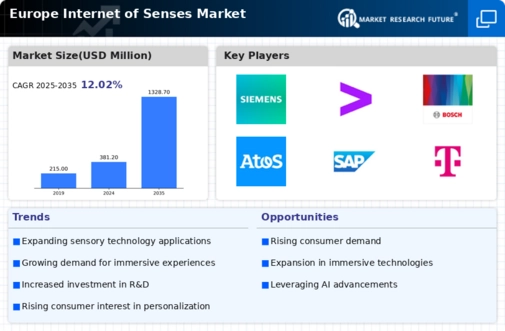
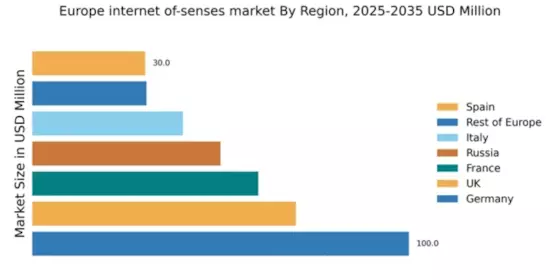
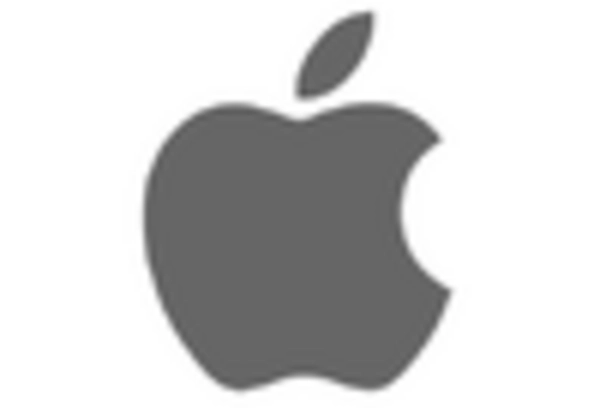

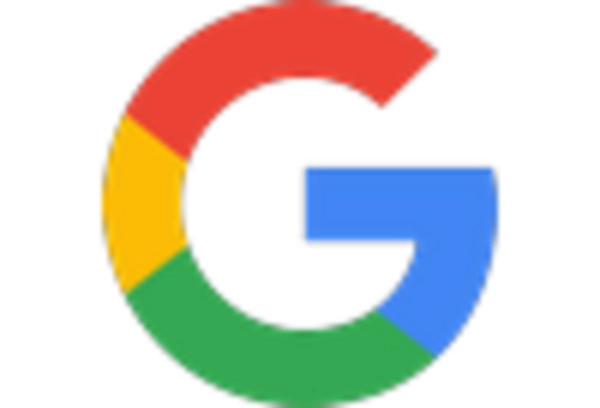

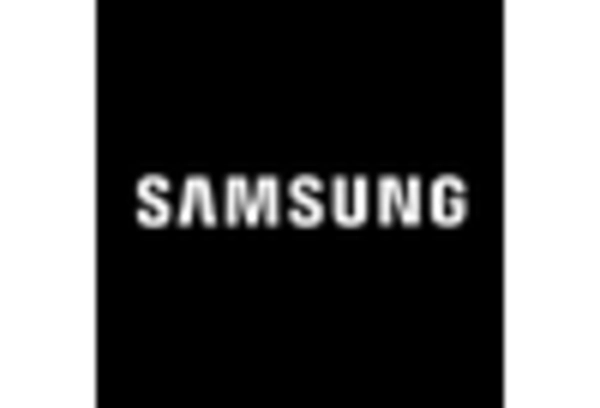









Leave a Comment